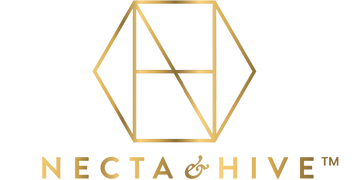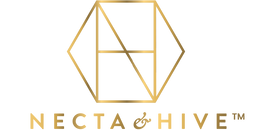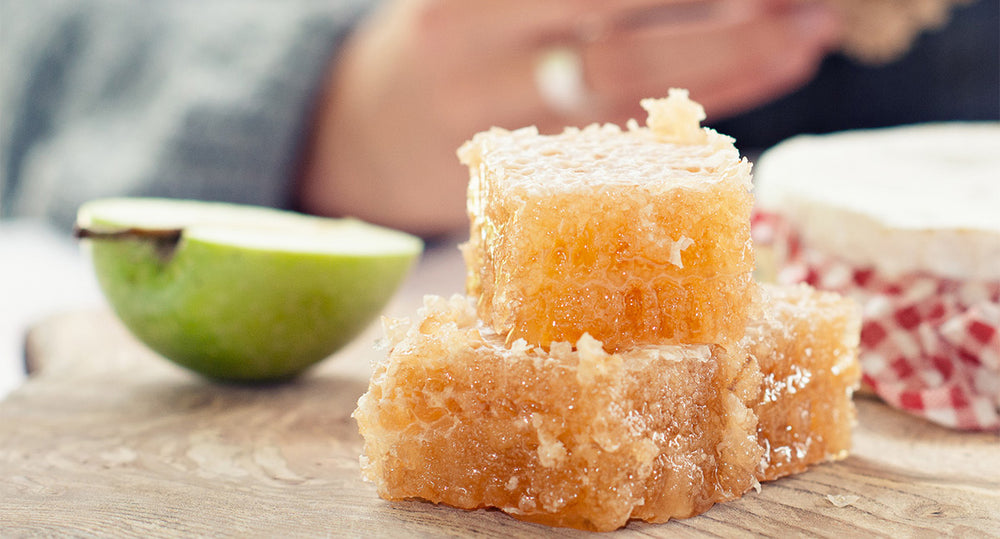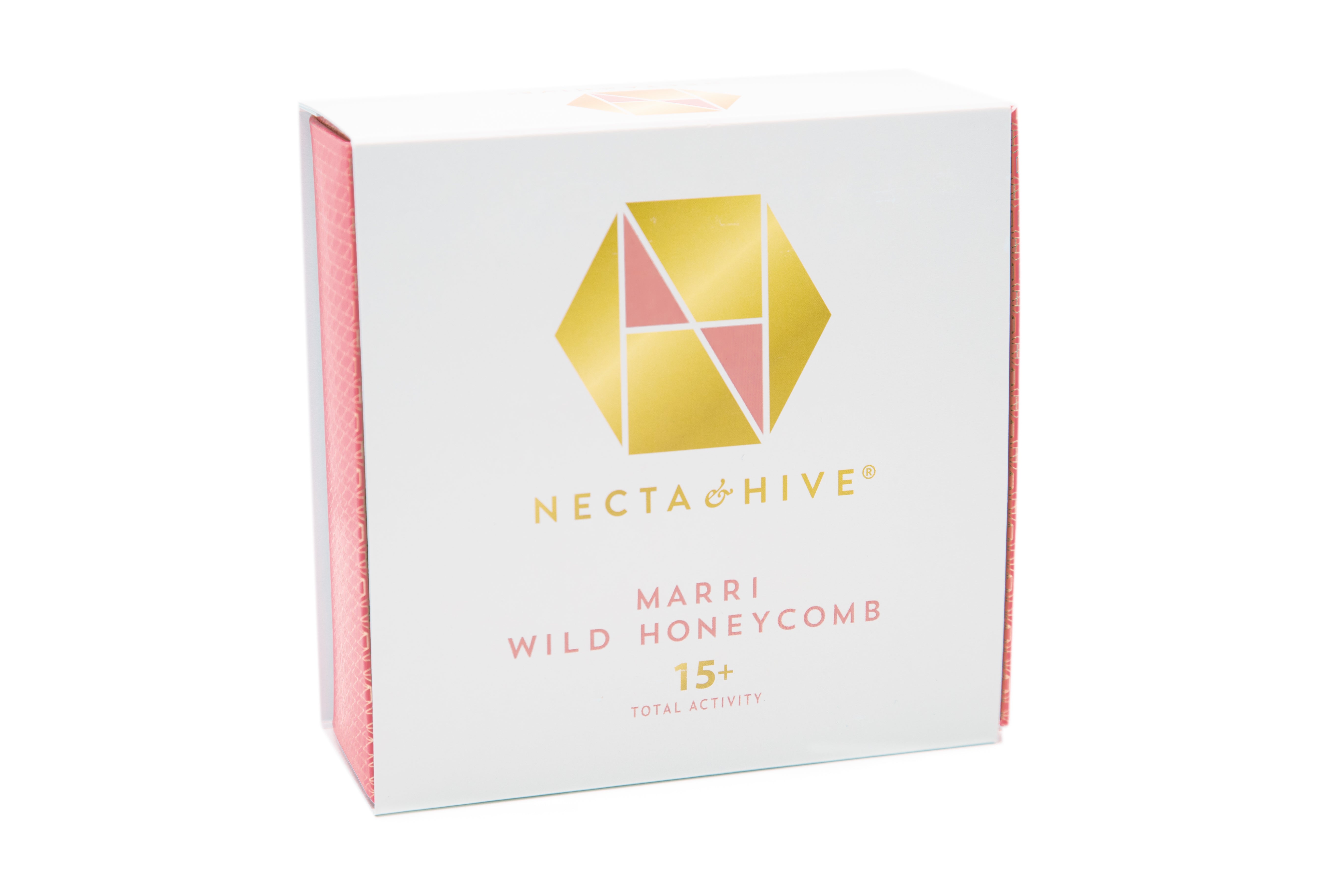If you’ve ever seen honeycomb up close, you’ll know that it’s a beautiful feat of natural engineering. It’s a fantastic repeating pattern of hexagons, that tesselate and fit together perfectly. And it’s made solely by female worker honey bees - nature truly is amazing.
Bees produce honeycomb using beeswax. They use it as a framework for the hive and need it to store honey and pollen as well as using it to home their larvae.
Since it’s an entirely natural product, you most certainly can eat honeycomb. Like honey, it has many health benefits.
Honeycomb is Wholesome and Pure
It’s unlikely you’ll find honeycomb available to eat on its own. Instead, honeycomb comes drenched in pure honey and together the taste experience is sweet, sticky and slightly waxy.
Eating honeycomb has many of the same health benefits as eating honey. Because honeycomb such as our Marri Wild Honeycomb 15+ TA contains honey that hasn’t been processed in any way, it’s rich in the enzymes that give honey its antibacterial nature. The heat processing and filtering used on other honeys without the comb removes some of these enzymes, giving honeycomb more antibacterial power.
The Extra Benefits of Eating Honeycomb
Eating honeycomb means that you’re also eating small amounts of other bee products. These include beeswax, propolis, bee pollen and royal jelly. These are rich in nutrients too, adding to the nutritional content of honeycomb.
Honey bees secrete beeswax to build their honeycomb and it contains natural oils made up of long chain fatty acids. These oils help to protect our hearts by raising levels of good cholesterol and lowering the bad.
Beeswax also contains long chain alcohols. Also known as esters, these alcohols are actually very healthy and help to protect the liver. They don’t have the same effects on our mood and behaviour as regular alcohol, so don’t worry, eating honeycomb won’t make you drunk!
Honey bees use propolis to help seal up gaps in their hives and it’s perfect for the job since it’s so sticky and glue like. Propolis is produced by bees as a result of mixing beeswax, their saliva and sap that they collect from evergreen trees.
Propolis is rich in polyphenol antioxidants that our bodies use for preventing cellular damage and disease.
Bee pollen is also a product of the work that bees do. It’s a mix of the pollen and nectar they collect from flowers, honey, beeswax and saliva. Bee pollen is unique and differs from other bee products such as honey and propolis that don’t contain pollen. Its nutritional profile is pretty impressive as it contains amino acids, healthy fats, vitamins and minerals.
Royal jelly deserves its majestic name as it’s the food that bees produce to feed their queen bee. It too is packed with nutrients, especially B vitamins that we use to help release the energy from our food.
Enjoying Honeycomb
There is one potential danger to eating honeycomb – if you’re allergic to bee venom from bee sings, avoid honeycomb. It could cause you to suffer an allergic reaction. All honeys are also unsuitable for infants under one year old.
As with anything sweet, enjoy eating delicious honeycomb in moderation, and reap all its health benefits!






